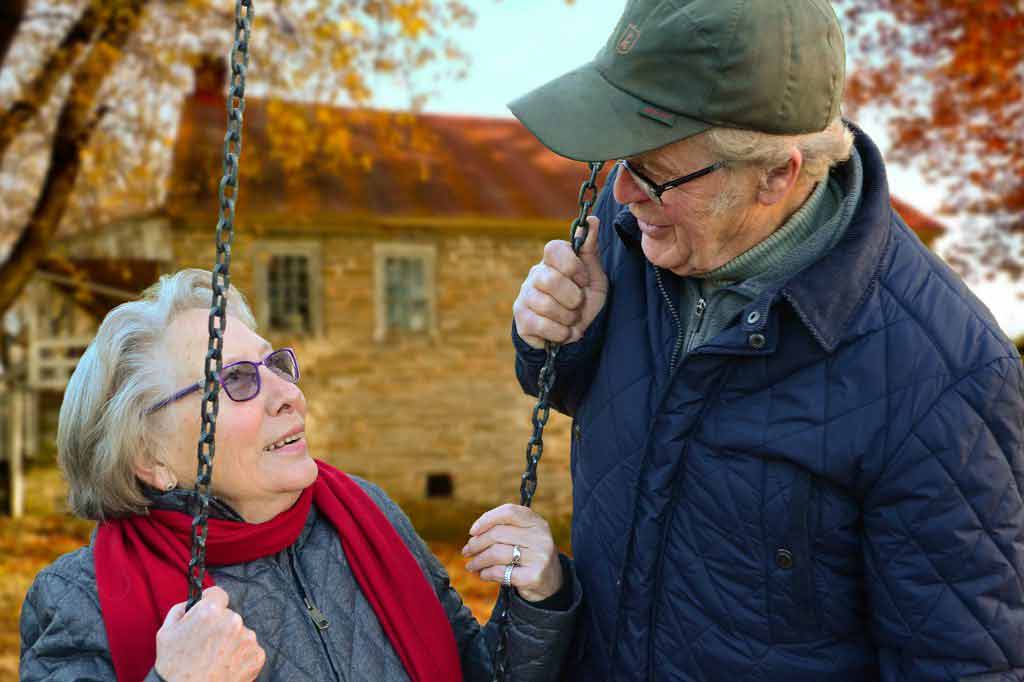Have scientists really discovered why skin ages?
Genetics and stem cells
"Powerful anti-ageing treatments which banish wrinkles for good are a step closer after scientists found the enzyme responsible for youthful skin," says the Daily Telegraph. Researchers from Newcastle University...
"Powerful anti-ageing treatments which banish wrinkles for good are a step closer after scientists found the enzyme responsible for youthful skin," says the Daily Telegraph.
Researchers from Newcastle University found an enzyme called mitochondrial complex II was less active in the laboratory-grown skin cells of older people.
The enzyme is found in the batteries of cells – the mitochondria – which break down nutrients and turn them into energy for the cells to use.
Previous research in animals suggested the activity of the enzyme also changes with ageing in many different cell types.
But the researchers don't know whether this reduced enzyme activity is a cause of ageing or if it happens as a result of ageing.
They also don't know whether these changes are linked to the formation of wrinkles or other signs of skin ageing.
Research into the role of this enzyme is in its early stages, and any treatment that stems from this study is likely to be many years away.
A lot still needs to be done before we understand its implications – we're unlikely to see an end to wrinkles any time soon.
However, the research could improve our understanding of how other organs in the body age, such as the heart, lungs and brain cells, and help develop new treatments.
Where did the story come from?
The study was carried out by researchers from Newcastle University, and was funded by Newcastle University, the North Eastern Skin Research Fund, and the National Institute for Health Research.
It was published in the peer-reviewed Journal of Investigative Dermatology. The paper is available to read online for free.
The Daily Telegraph's article made some very optimistic claims that have not yet been borne out by the research – for example, the paper stated scientists now "know what is responsible for youthful skin" and will be able to "restore lost vitality".
Other media sources also reported the study uncritically, several of them quoting one of the researchers, who spoke of the "possibility" of finding anti-ageing treatments.
What kind of research was this?
This is a laboratory study using human skin cells. The researchers wanted to compare the activity of a particular enzyme called mitochondrial complex II in older skin cells with its activity in younger skin cells.
The complex II enzyme is found in the mitochondria of cells, the "engines" that break down nutrients and turn them into energy for the cells.
One theory is that changes and damage to the mitochondria over time cause the cells to age. Previous studies, mainly in animals, suggested complex II might be involved in this process. For example, complex II is less active in the skin of older mice than younger mice.
Also, certain changes to the proteins in complex II have been found to speed up ageing in flies and worms. The researchers therefore wanted to see what happens to complex II in human skin cells with age.
As the study just compares younger and older cells, it cannot tell us:
- what causes the different activity levels
- whether lower activity levels cause cells to age
- how the changes seen might be linked to visible signs of ageing in the skin, such as wrinkles
What did the research involve?
Researchers took skin cells from 27 men who had their foreskins surgically removed. They grew skin cells in the laboratory and measured the activity levels of complex II.
They then looked at how much activity could be seen in skin cells taken from younger people compared with older people.
The researchers carried out a range of comparisons, including:
- looking at different types of skin cells (fibroblasts and keratinocytes)
- how much of some of the proteins that make up the enzyme the cells were being instructed to produce
- levels of the individual proteins
They also looked at whether senescent cells – cells that no longer multiply as a result of age – were affected differently. They also compared the activity levels of a different type of mitochondrial enzyme complex called complex IV.
What were the basic results?
Levels of complex II activity were lower in fibroblast skin cells from older people than those taken from younger people, but there was no difference in the activity of keratinocyte skin cells. Levels of complex IV activity were the same in older and younger skin cells.
Researchers said the lower activity levels seen in older people may have been confined to senescent cells.
However, they only carried out the comparison between senescent and non-senescent cells on 15 skin samples, so we probably need confirmation of this finding in more samples.
Looking at the different proteins that make up complex II, researchers found lower levels of two of these proteins in fibroblast cells taken from older people, although a third protein showed no difference.
How did the researchers interpret the results?
The researchers speculated that free radicals created by the energy production process, which are more common in older people because of damage to their cell defences, might have affected the activity of the complex II enzyme. This in turn might cause more leakage of free radicals, they suggest.
But they go on to say that, "Further in vivo work in future studies are required to elucidate whether complex II plays a causal role in ageing".
In other words, we need to see how these enzyme complexes work in living animals, not just cells in a laboratory, to work out whether their decline in activity actually causes ageing.
Conclusion
It's not time to wave goodbye to your wrinkles yet. This study found a decline in the activity of one enzyme complex in skin cells in older people, but we don't know whether it would be possible to reverse this decline or what would happen if we did.
There are several limitations in this study to be aware of. It did not look at the effect of the enzyme activity in living people, but in skin cells grown in a laboratory. Cells observed outside the human body in petri dishes can behave differently.
We also can't be certain what effect these changes in individual cells would have on the skin as a whole – for example, what effect it would have on wrinkles or other visible signs of ageing.
Also, 27 people – all male – is a small number of samples to use to draw big conclusions about the effects of enzyme activity.
Perhaps most importantly, the study only looked at what was happening in the cells at one point in time, so we can't tell why it happened or what the consequence of the activity was.
We don't know whether ageing causes skin cells to have less complex II activity, or if lower complex II activity leads to signs of ageing in cells, or perhaps both. This means we don't know whether increasing complex II activity would have any beneficial effects for the cell or for skin as a whole.
If lower levels of complex II really do contribute to the ageing process and we find ways to counteract this, such a finding might lead to much more valuable treatments than skin potions. Ageing muscle, heart, liver and brain cells might also benefit.
However, there is an enormous amount of work still to be done to find out exactly how lower levels of complex II affect human cell function. Until we have these answers, we're unlikely to be able to create new treatments – for wrinkles, or anything else.






 Subscribe
Subscribe Ask the doctor
Ask the doctor Rate this article
Rate this article Find products
Find products







